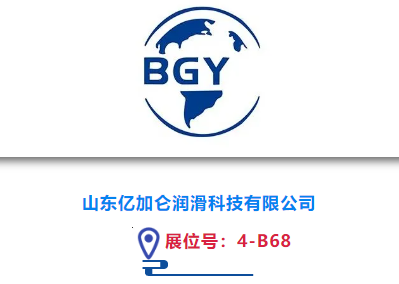Developing countries will promote market demand, and the market scale will reach 97.79479 million units in 2028
Automotive AC Compressor Market size crossed USD 8.45 billion in 2021 and is estimated to exhibit 4.2% CAGR between 2022 and 2028. The industry demand is set to reach 97,794.79 thousand units by 2028.

The rising usage of air conditioning in passenger cars across developing countries is expected to propel the market demand. Furthermore, due to a significant surge in environmental restrictions, vehicle manufacturers are continuously innovating new ways to improve the fuel efficiency of the compressors. This limits emissions and aids in the fight against global warming. The growing importance of vehicles, and also accelerating the number of new electric vehicle models in Europe, North America, Japan, and China, thus boosting the demand for AC compressors.
Rising automobile sales will spur the demand for air conditioner compressors
Automotive AC compressor market from the passenger cars segment is set to account for nearly USD 9 billion by 2028. Passenger automobiles are likely to increase at the quickest rate led by rising car sales in countries such as China and India. The proportion of passenger cars stocked with air-conditioning systems is poised to rise dramatically.
The OEM segment to hold a majority share. The OEM segment will dominate with more than95% of the automotive AC compressor market share by 2028. Despite the imposition of lockdowns and production halts globally, the car industry has enjoyed significant growth in 2021 impelled by the ongoing COVID-19. The China Association of Automobile Manufacturers (CAAM) claims that China's motor vehicle production and sales totaled 26.082 million units and 26.275 million units in 2021, thus rising by 3.4% and 3.8% year-on-year.
High fuel efficiency and lower carbon emissions of variable displacement compressor
Variable displacement compressors segment is forecast to generate around USD 6 billion revenue by 2028. These compressors are in high demand in Europe and North America as they provide exceptional acceleration while emitting fewer carbon emissions and using less energy than fixed displacement compressors.
The variable displacement segment earned considerable revenue owing to the growing usage of fuel-efficient and environmental-friendly components in automobiles. Engine economizing tactics and severe fuel economy standards in cars will create significant opportunities for variable displacement compressors.
Presence of major industry players in the Asia Pacific
Variable displacement compressors segment is forecast to generate around USD 6 billion revenue by 2028. These compressors are in high demand in Europe and North America as they provide exceptional acceleration while emitting fewer carbon emissions and using less energy than fixed displacement compressors.

Asia Pacific automotive AC compressor market led by China is predicted to account for over 50 million units demand by 2028. In 2021, as per the OICA, Asia Pacific alone witnessed more than half of the global automotive production. Furthermore, the measures taken by various Asian countries are anticipated to aid the revival of the automotive sector.
The industry to be highly consolidated under fierce market competition
The key players operating in the automotive AC compressor market include Denso Corporation, Toyota Industries, Mitsubishi Heavy Industries, Nissens, Automotive Thermal Systems Co., Ltd., SANDEN, Subros, Hanon Systems, Standard Motor Product Inc., Aotecar New Energy Technology Co., Ltd., and MAHLE, Some of the key strategies adopted by these manufacturers are new product development, acquisition, production capacity expansion, and collaboration with automotive manufacturers.
The automobile AC compressor sector is extremely consolidated with the top five companies controlling a large portion of the global market. To acquire a competitive advantage over other enterprises, major participants have formed alliances with car air conditioning system makers. Many manufacturers are investing in electric compressors to obtain a competitive advantage as the demand for these technologies grows.





















